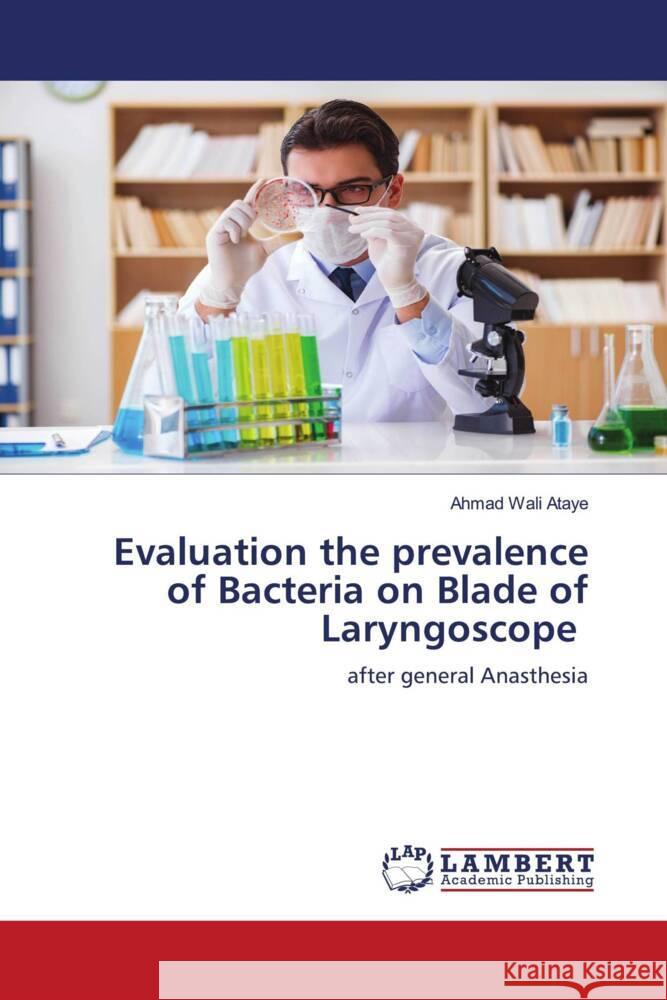Evaluation the prevalence of Bacteria on Blade of Laryngoscope » książka
Evaluation the prevalence of Bacteria on Blade of Laryngoscope
ISBN-13: 9786206146186 / Angielski / Miękka / 52 str.
Laryngoscope blades were analyzed, and the presence of blood, bodily uids, and microorganisms was verified, indicating their potential as a source of cross contamination during clinical usage. The way in which the blades are cleaned and disinfected in daily practice may place the patient and health care team at risk. Objective: The aim of this study was to determine the bacterial and fungal load on this equipment. Methods: Descriptive cross-sectional study. A total of 83 laryngoscope blades, ready for use, were analyzed for their bacterial and fungal load at Aliabad teaching hospital (surgery department) . Results: The microbiologic analysis revealed the presence of microorganisms in 76.2% of cases at Aliabad teaching hospital, with microbial loads >101 colony forming units in 31.2%(n=26) cases. At Aliabad teaching hospital, potentially pathogenic microorganisms was found, including Candida sp, Staphylococcus aureus , Enterococcus faecalis , Streptococcus agalactiae, extended spectrum beta-lactamase-producing Klebsiella pneumoniae, multiresistant Acinetobacter baumannii, Pantoea sp, Enterobacter gergoviae, Escherichia coli, and Proteus mirabilis.











